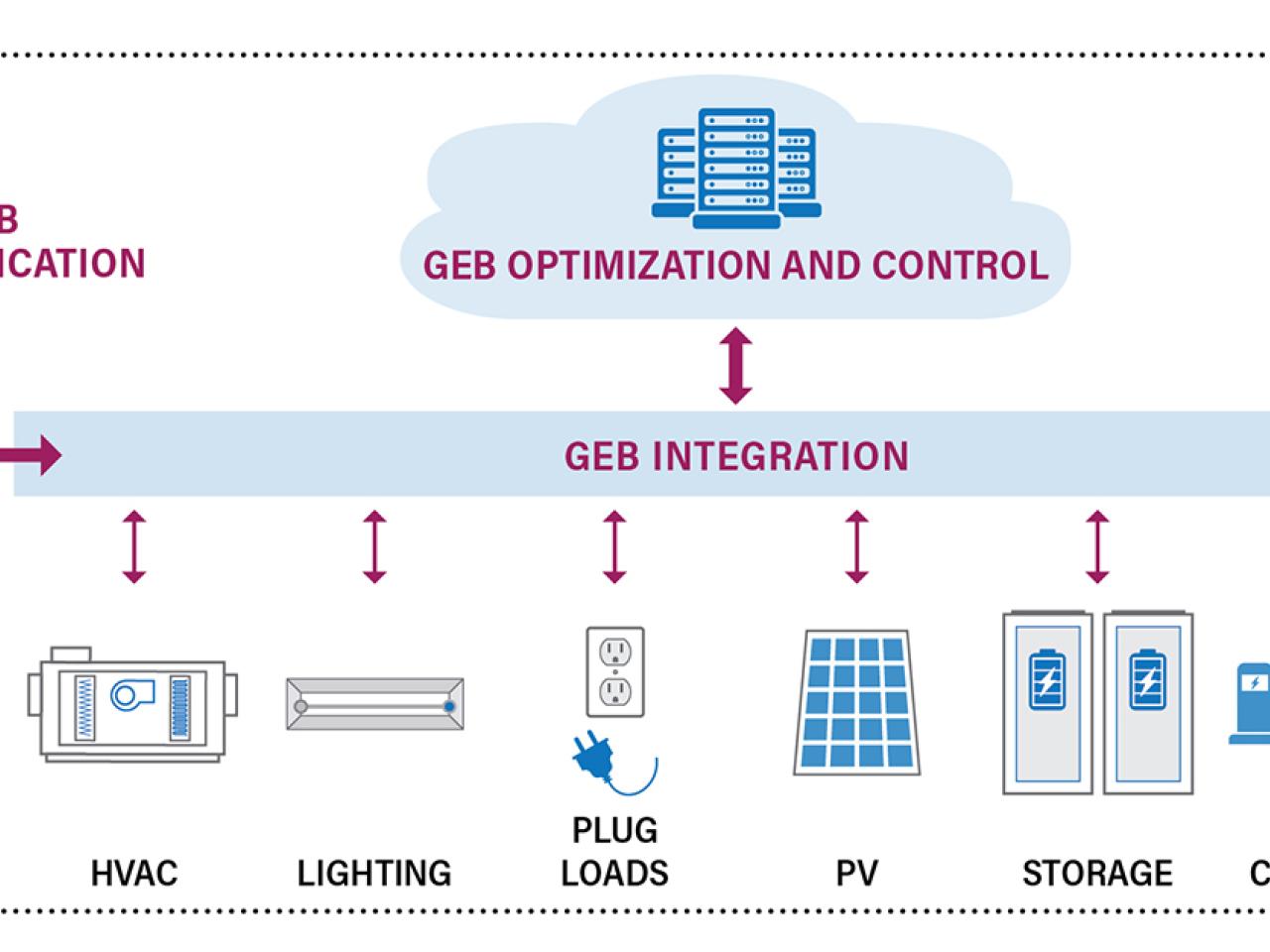As clean energy becomes cheaper and more popular, there will be a greater need to maximize load flexibility on the grid. Grid-interactive efficient buildings (GEBs) change when they use energy to lower demand on the grid. By scheduling energy use not just when people need it, but also when it's best for the grid, GEBs allows building occupants to manage building comfort and productivity, save money, and enhance grid reliability and resilience.
Our work on GEBs

Our technical experts worked with ASHRAE on a guide for building professionals who interact with the grid.

We piloted a connected community study in Madison with the goal of mainstream scaling.

Read how microgrids can help communities become more climate resilient.

A study conducted by Slipstream in Minnesota analyzed the energy impact of load shifting measures.

We looked at GEB solutions that enable commercial building automation systems to respond to automated demand response signals.

Our field tests integrated connected lighting, automated shades, and intelligent thermal energy storage systems for maximum load flexibility.
Thermal Storage
Thermal storage is an important GEB tool, and is significantly more cost-effective than popular battery storage. Our work includes:- Effective strategies for using thermal energy storage in refrigerated facilities: This study focuses on three different methods for harnessing thermal storage in refrigeration systems.
- Use of thermal storage to maximize renewable energy resources: Slipstream supported UW-Madison in analyzing how thermal energy storage for commercial comfort cooling could be used to support the increased penetration of renewable energy.
City of Madison's Blueprint for Grid-Interactive Buildings
In Q2 2025, the City of Madison will begin using the first-ever grid-interactive building management system powered by open-source software. The new system results from a collaborative partnership between the City of Madison, Madison Gas and Electric (MGE) and Slipstream.- Deployed in six municipal facilities, the innovative system enables the City of Madison’s Department of Facilities to manage load profiles for better utilization of grid assets, lower the city’s energy bills and reduce carbon emissions.
- Over a typical year, the City of Madison estimates that the new system will save 1.4 GWh of energy, shed 250 kW of load and shift 432 kWh of load—without negatively impacting occupant comfort.









